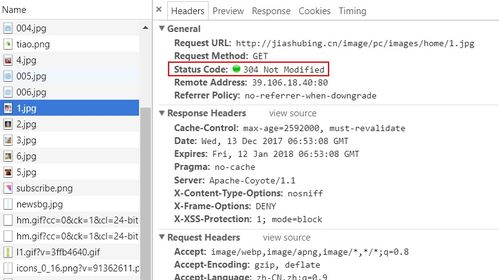Understanding Cache: A Comprehensive Guide

Cache, a term often heard in the realm of computing, refers to a high-speed data storage that acts as a bridge between the CPU and the main memory. It plays a crucial role in enhancing the performance of a system by reducing the time taken to access data. In this article, we will delve into the intricacies of cache, its types, functions, and the benefits it offers.
What is Cache?

Cache is a type of memory that stores frequently accessed data and instructions. It is designed to provide faster access to data compared to the main memory (RAM). The primary purpose of cache is to reduce the latency in fetching data from the main memory, which is relatively slower.
Types of Cache

There are different levels of cache, each with varying speeds and capacities. The most common types of cache are:
| Level | Name | Speed | Capacity |
|---|---|---|---|
| 1 | L1 Cache | Fastest | Smallest |
| 2 | L2 Cache | Second Fastest | Medium |
| 3 | L3 Cache | Third Fastest | Largest |
How Cache Works
When the CPU needs to access data, it first checks the cache. If the data is found in the cache (cache hit), it is retrieved quickly. However, if the data is not found in the cache (cache miss), the CPU has to fetch it from the main memory, which takes more time. The cache stores data in blocks called cache lines, which are the smallest unit of data transfer between the cache and the main memory.
Cache Operations
Cache operations can be categorized into two types: read and write.
Read Operation:
- If the cache does not have the required data (cache miss), it fetches the data from the main memory and stores it in the cache, marking the cache line as valid.
- If the cache has the required data (cache hit) and the cache line is valid, the data is retrieved directly from the cache.
Write Operation:
- The write signal is sent to all caches.
- If the data is found in any cache and the cache line is valid, the cache line is marked as invalid.
- The new data is written to both the memory and the cache, and the cache line is marked as valid.
Cache Consistency
In a multi-core processor system, cache consistency becomes crucial. It ensures that all caches have the same data when accessing shared data. To achieve cache consistency, processors use two fundamental operations: write invalidate and write update.
- Write Invalidate: When a core modifies a data, it sends an invalidation message to other cores, making their cache lines invalid.
- Write Update: When a core modifies a data, it sends an update message to other cores, ensuring they have the latest value.
Cache Benefits
Cache offers several benefits, including:
- Reduced Memory Access Time: Cache provides faster access to frequently accessed data, reducing the time taken to fetch data from the main memory.
- Improved System Performance: By reducing memory access time, cache enhances the overall performance of the system.
- Reduced Power Consumption: Cache helps in reducing power consumption by minimizing the number of times the CPU accesses the main memory.
Cache Limitations
While cache offers numerous benefits, it also has some limitations:
- Cost: Cache is more expensive than main memory, making it impractical to use large amounts of cache in a system.
- Size Limitations:












